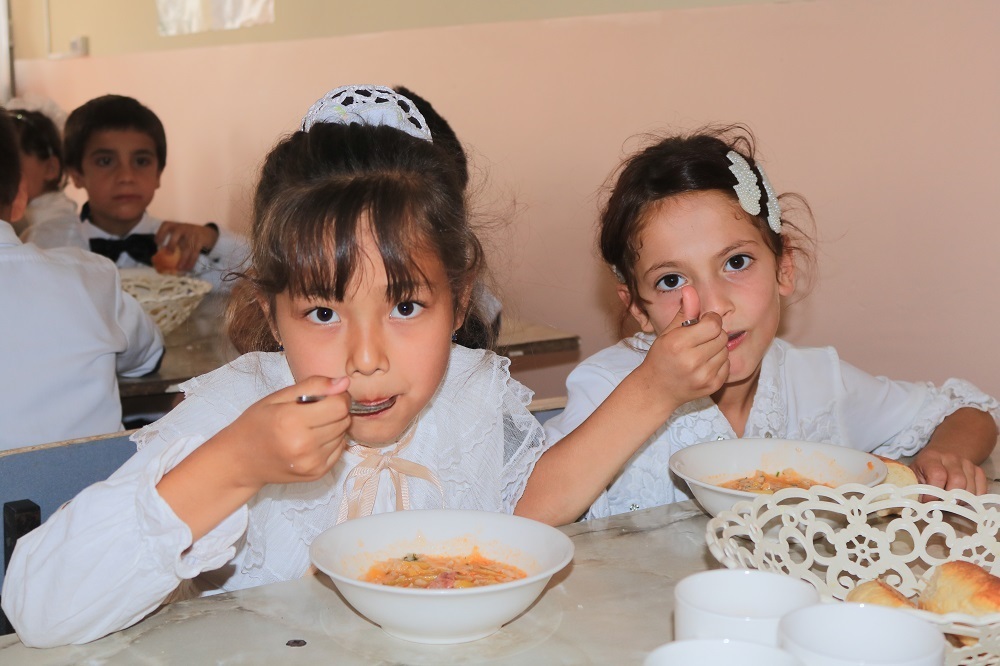Simply joining the program, however, is not enough. It is necessary to constantly work on improving the school nutrition system to ensure that primary school children receive high-quality hot meals that their growing bodies need. This September, within the Mutual Learning campaign organised by UN WFP in collaboration with SIFI, delegations from Talas, Osh, Naryn, Chui, Issyk-Kul and Jalalabad regions visited two schools in Osh Region in order to emulate successful experiences in implementation and development of hot meals service.
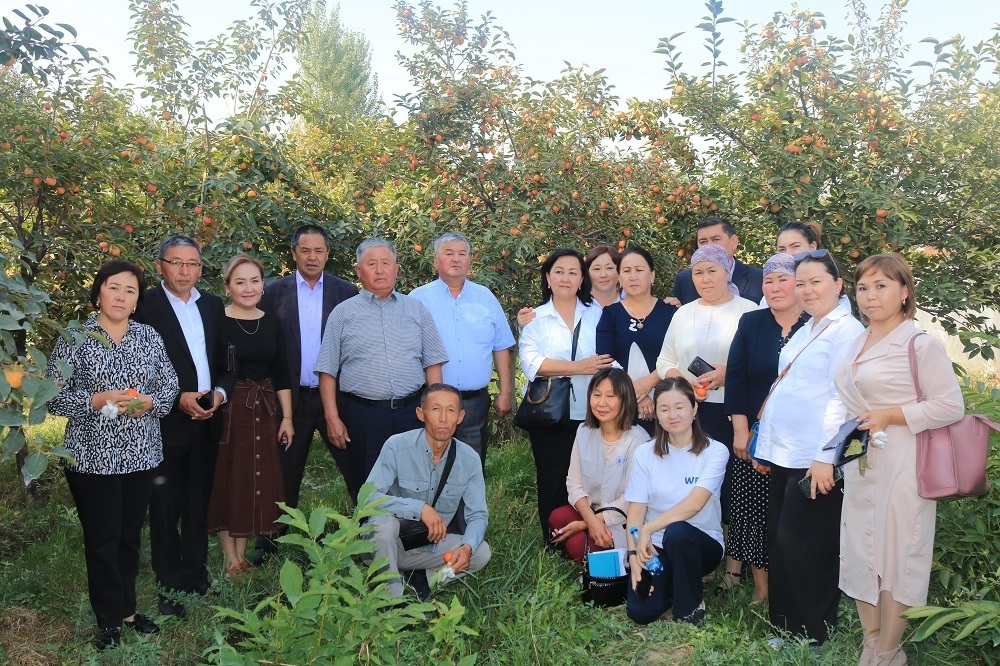
From each region, the jury selected one of the most motivated schools on a competitive basis. Apart from the principal and a representative of the parents' committee, the delegation included a representative of the local government and a school nutritionist from the Education Department.
Familiarization with the experience of transition to hot meals in two schools of the Osh Region began with brainstorming. Participants of the exchange visit had to propose their own program of such transition based on the pattern of those schools, where they found themselves at the moment of making the decision to introduce hot meals, taking them as an example. In Saidakhmatov School No. 50 in the city of Aravan the transition happened in 2014, and five years later in Parpiev School in the Kara-Suu district.

Almost all participants correctly identified the main problems that needed to be solved to organise school meals: supplying drinking water to the canteens, repairing and purchasing the necessary equipment, developing school gardens and finding sources of funding.
The schoolmistress Jumakhon Rakhimova spoke about the transition to hot meals at the Saidakhmatov School. It all began eight years ago with a parents' meeting that involved participation of WFP representatives. After that, parents allocated funds to buy utensils for the school canteen and also took the difficult decision at the time to pay an additional monthly amount for their child's meal. Since the launch of hot meals in this school, the parental contribution has tripled: from 50 to 150 soms per child per month. In addition to buying food, some of this money goes to pay the kitchen staff.
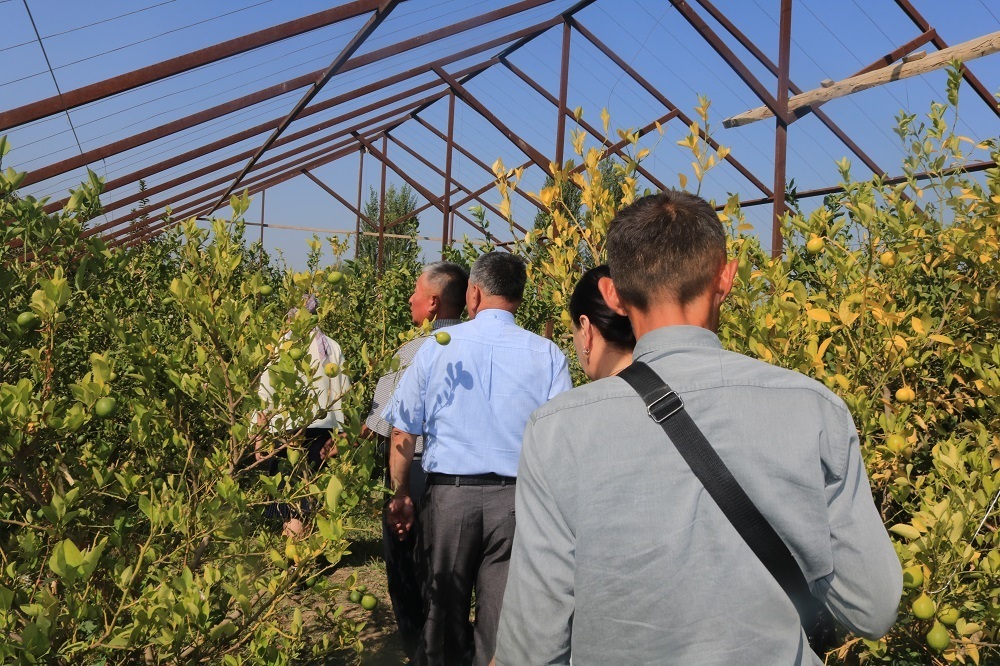
The school's own land has been a great help. The participants of the exchange visits were able to see this for themselves during a tour given by the school principal. In 2017, WFP financed the construction of a greenhouse, where now they grow lemons. Local entrepreneurs buy the crops, bringing the school a good income. The school also benefits from the sale of potatoes, onions, persimmons, cotton and rice, which are grown outdoors. The money raised go for repairs, the purchase of new equipment, including kitchen equipment, and products for the school menu: vegetables, bananas, tangerines, milk, and apples. This money also pays for the work of the superintendent and the gardener who take care of the land. Jumakhon Rakhimova noted that private sponsors and former alumni also help the school. Seeing these results, they are more than willing to invest their own money to improve the life of the school.
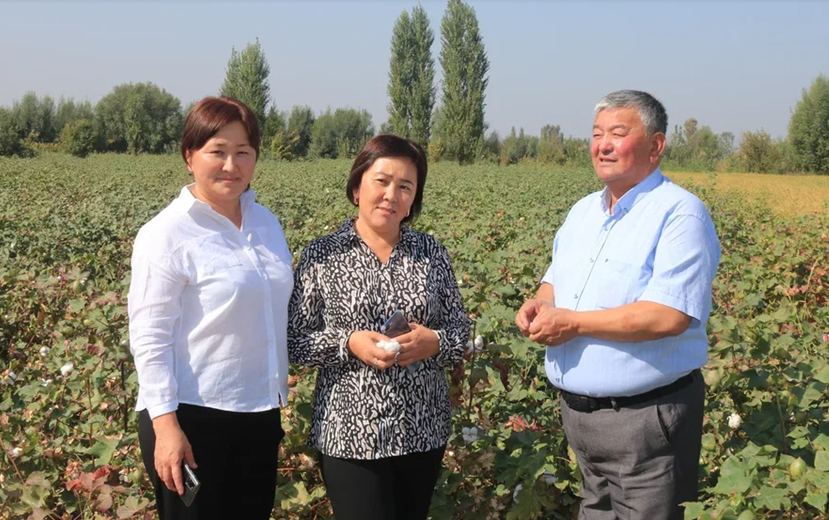
Zebina Kochkorova, principal of the Parpiev School, described her own experience with the transition to hot meals. In 2019, after being included in the WFP development project "Optimization of School Meals in the Kyrgyz Republic," she asked the local authorities for help to renovate the school canteen. With the allocated 800,000 soms, they renewed the tiles and installed the pipes. Parents helped purchase furniture and utensils.
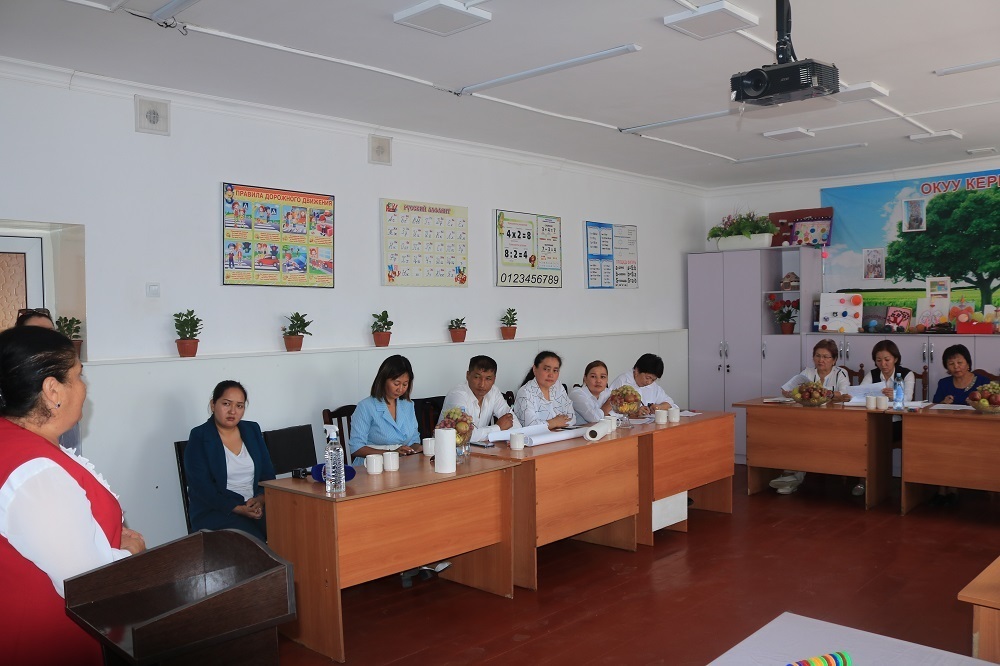
Parents are still actively investing in school meals, voluntarily donating 300 soms per child per month. This is a significant amount, given that on average nationwide such a contribution is smaller - from 100 to 200 soms. In many respects, it is school principal’s accomplishment. Every month she holds parents' meetings, where she reports in detail on the work done and the money spent.
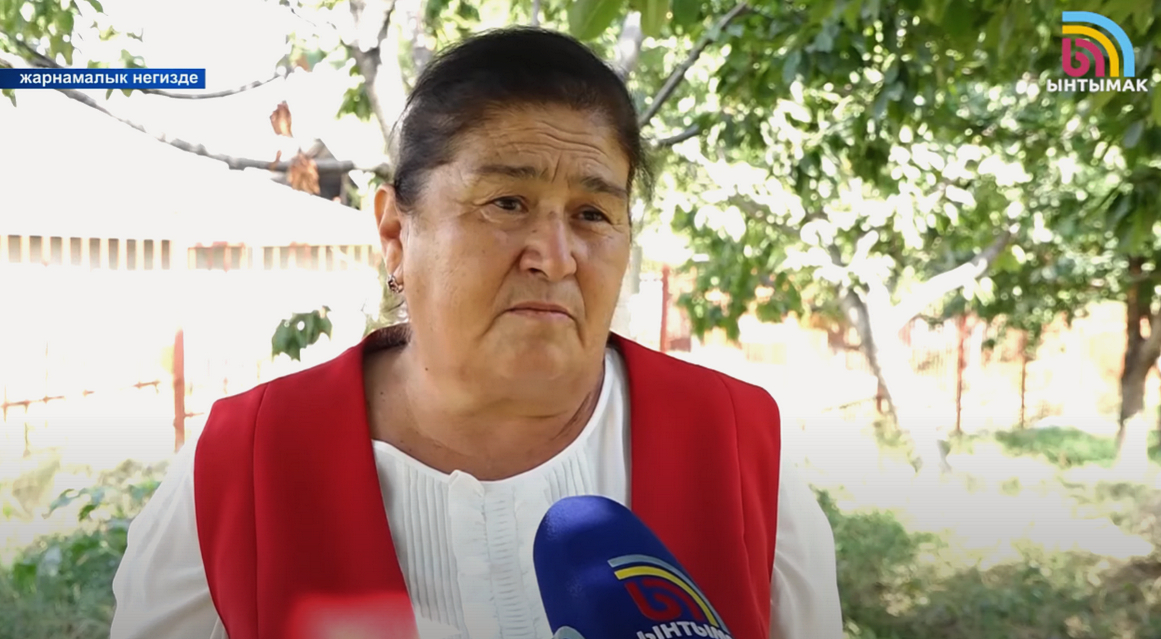
"School cooks make bread, healthy meals. We have all the conditions for that. We are very happy to participate in this project," said Zebina Kochkorova.
"WFP installs modern equipment in our schools, provides them with enriched flour. This makes it possible to prepare fresh baked products for children every day," Jarkynay Polotbaeva, an education specialist in Kara-Suu district, stated.

Here the contribution of the school garden is more modest. They grow cherries, apricots and tomatoes, and as a part of the "ECOSAD" project of the Kompanion Bank they started to grow mini apple trees. They are also starting sheep breeding. The money received from the sale of the harvest goes mainly to repair the school, plus it creates a financial cushion for the purchase of products for a varied and adequate school meals.
Training sessions were held at both schools for the participants of the exchange visit. In Aravan, it was dedicated to the use of school gardens. Agro-instructor Ulukbek Zholborsov shared the tricks of the trade of farming, told about different methods depending on the climatic conditions of the region, how to grow fruit trees, how to choose the right fertilizer, how to combat plant pests.

In Kara-Suu district, under the guidance of experts, the participants of the training learned how to create a varied and balanced menu. To facilitate the work of school cooks, they were also recommended to use the online platform "Menu Calculator," which the organisers presented there.

Finally, based on what they had seen, participants worked in groups to create individual plans to improve nutrition in their schools. These plans should now turn into independent projects. As a result of the exchange visits, it was agreed that the organisers would advise the schools on the implementation of these plans. Representatives from all the regions that participated in the campaign are committed to changing the nutrition situation in their schools. The pattern schools and the work of their principals once again confirms the truism: "It is better to see one time than hear about it a hundred times!”
